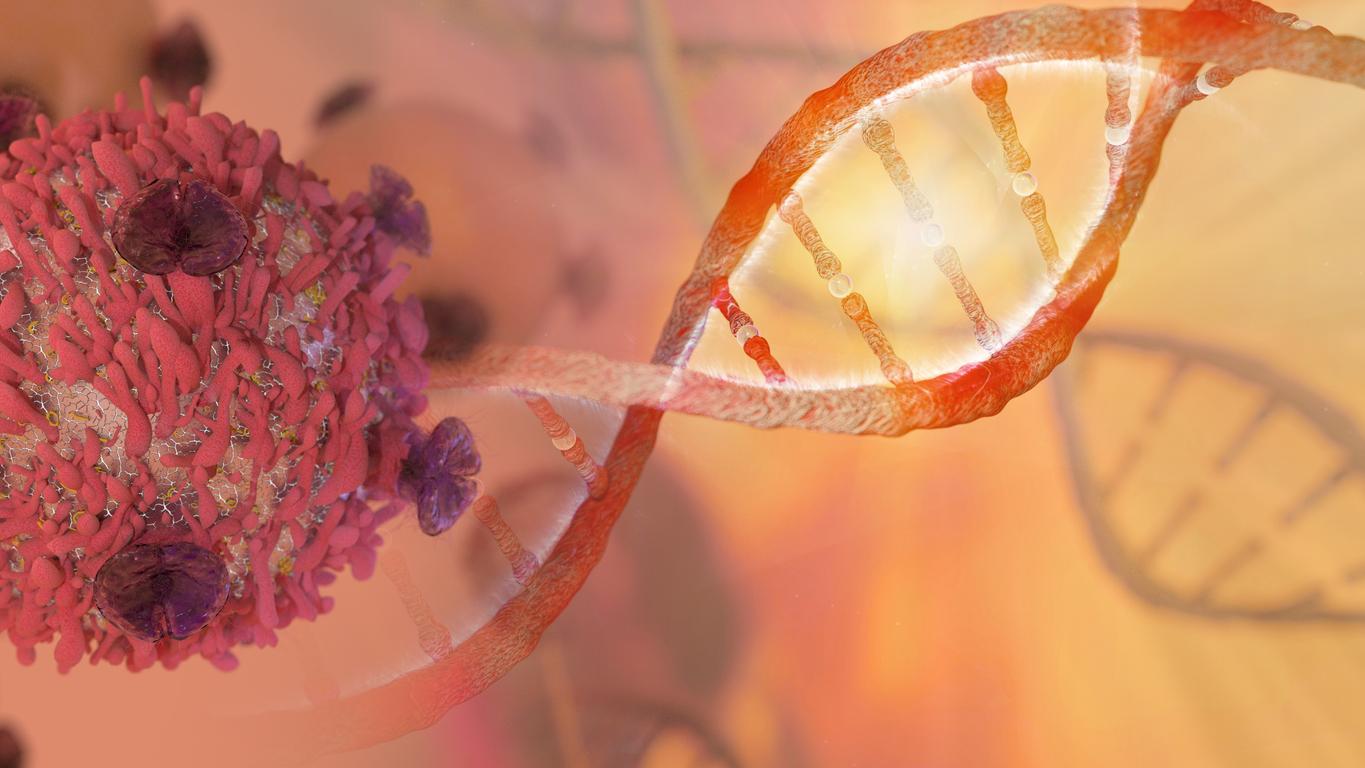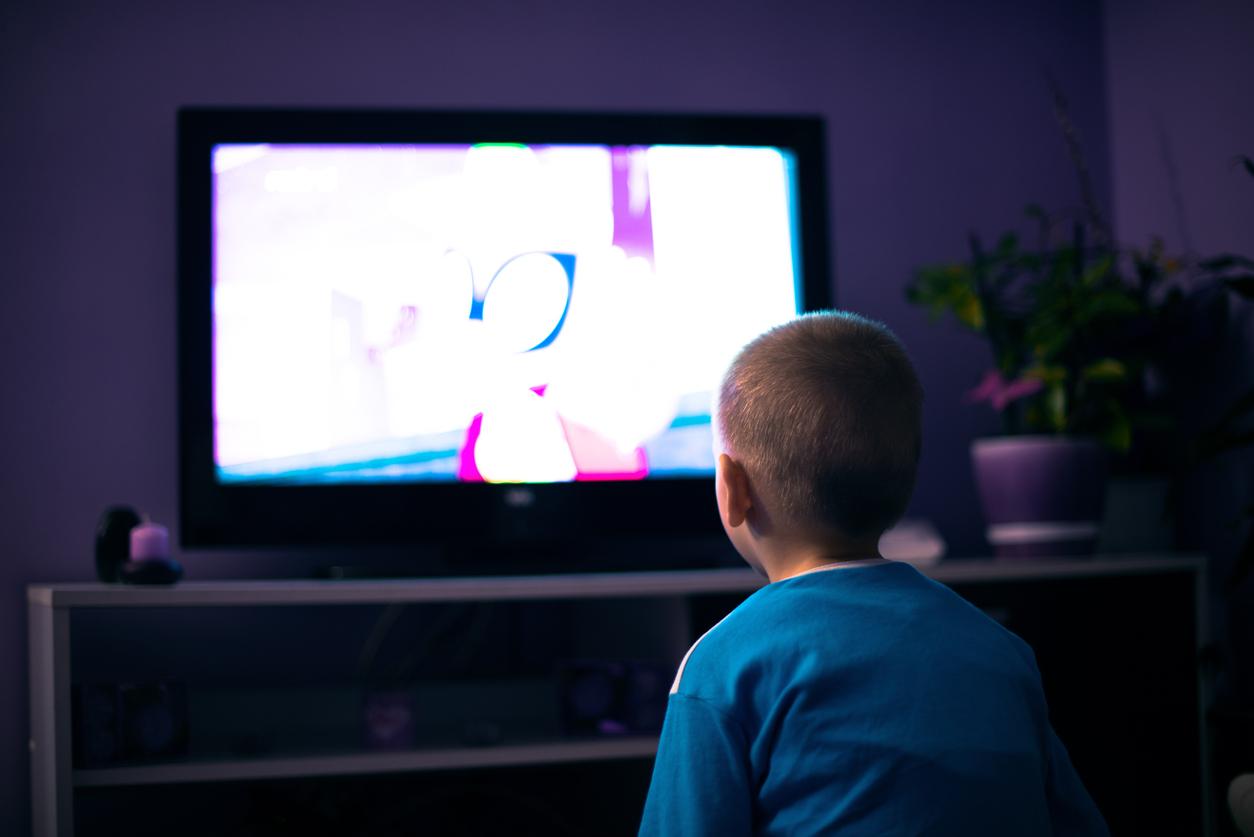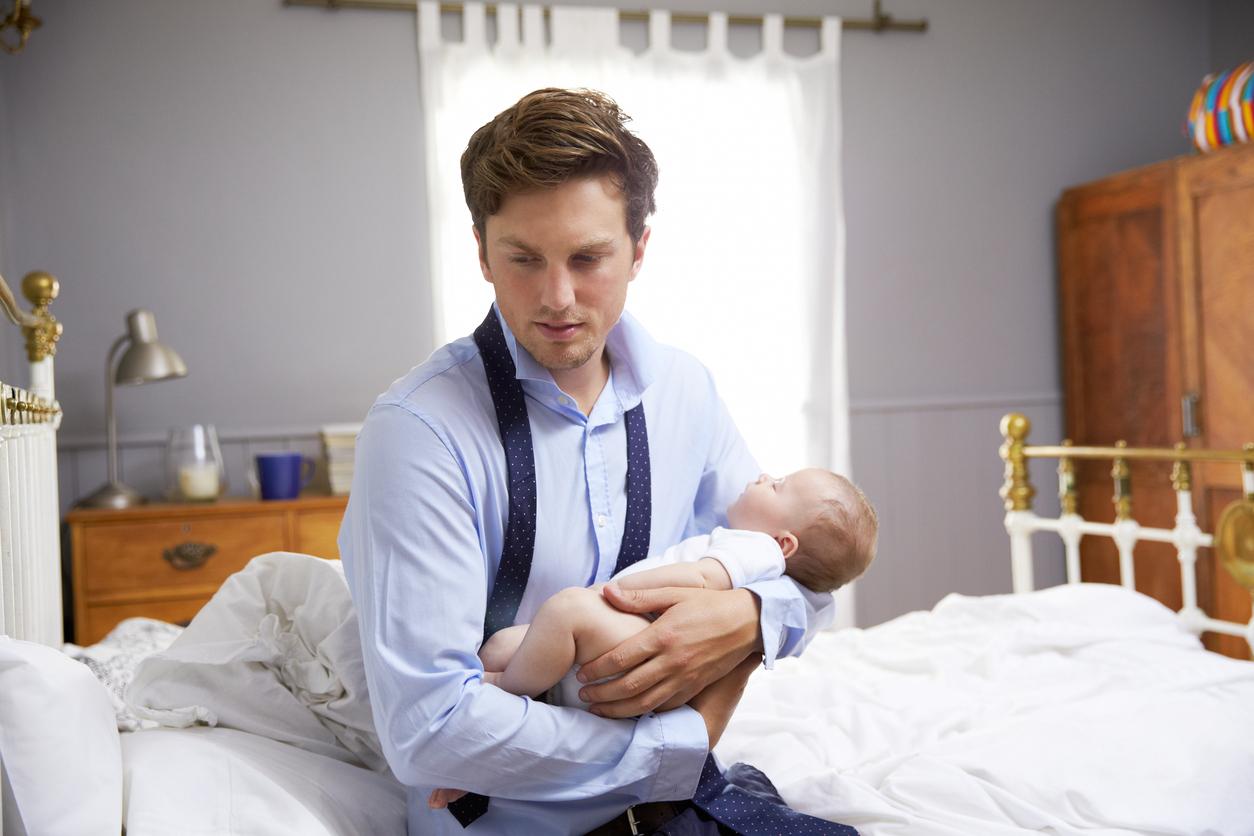Public anger, although embarrassing, are a normal step in the development of the child.

Between the looks of passers -by and the intensity of your child’s emotions, it is easy to feel overwhelmed. However, these situations also offer learning opportunities, both for the child and for the parent.
Understand the source of anger
Public crises often occur because the child is overwhelmed by his emotions. Imagine a child in front of a toy that represents his favorite character: his first reflex is to want it immediately. At this age, his brain is not yet mature enough to manage his desires or defer satisfaction.
When he confronts a refusal, he feels frustration, a feeling that he does not yet know how to express otherwise than crying or shouting. It is therefore not a whim, but rather in an awkward way of expressing complex emotions.
Anticipate to prevent
Preventing and anticipating often helps reduce the risk of crisis in public. Before going out, prepare your child, explaining to him where you are going and what you will do there to help him project better.
Also be sure to meet his basic needs by bringing a snack and water to prevent it from becoming irritable because of hunger or thirst. Also remember to take a toy or a book to occupy it while waiting. A small mission, like “finds bananas in the fruit department”, can also captivate its attention and limit sources of frustration.
React with kindness
Despite all the precautions, it can happen that a crisis bursts. In these moments, remember that your role is not to “silence” your child, but to accompany him in his emotions. Approach him by talking to him gently, without trying to reason, he is not able to understand.
Show him that you recognize his feelings: “I see that you are very angry because you wanted this toy. It’s difficult when you can’t have what you want. ” However, avoid giving in to his requests to calm the situation because he may learn that crying is an effective way to get what he wants.
If possible, isolate yourself with him in a quiet location to reduce the pressure on the gaze of others and help him regain his calm without shame or humiliation. Once the storm has passed, encourage him to put words on what he felt and congratulate him for having soothed.
Find out more: “to face the anger attacks of the child and the adolescent” of Nathalie Franc and Raphaëlle Scappaticci.

















